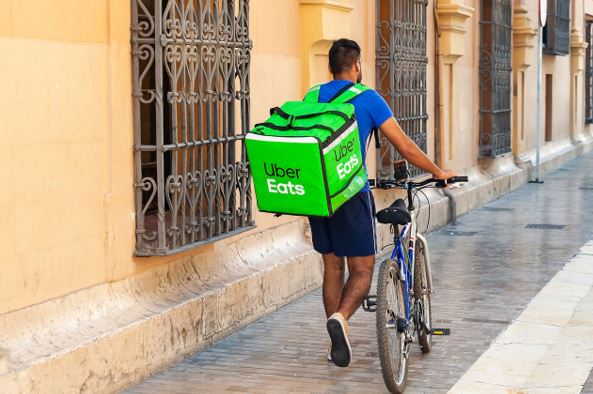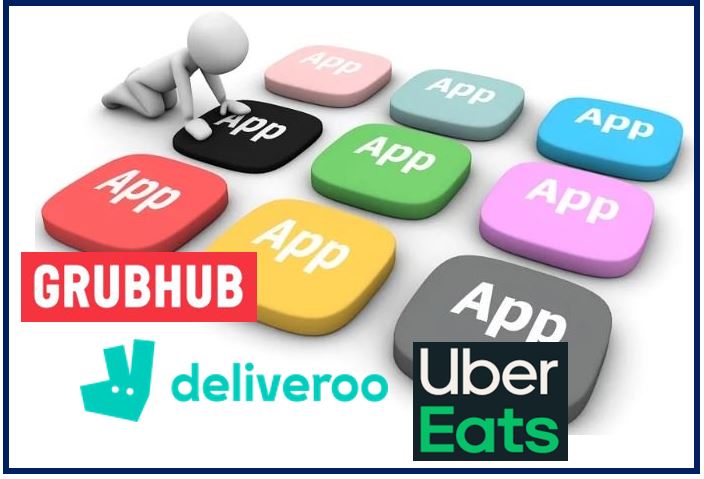
Apps like Deliveroo, Uber Eats, and GrubHub are currently dominating the food delivery scene, and it’s clear that customers gravitate towards using them because these apps make it easier, faster, and more convenient to order from a wide range of restaurants.
Instead of having to check to if your favorite restaurant even offers delivery or that you’re within their delivery radius, you can just open a food delivery app and get your meal choice without leaving your home. And, that doesn’t even account for all the other conveniences food delivery apps offer.
When using apps like Uber Eats, you can:
- Track the order’s route to your destination in real-time.
- Communicate with your delivery driver through the app.
- Store your payment information in one account to use with every restaurant.
But, no matter how cavalierly we use these apps today or how many of them seem to keep popping up all over the world, creating apps with all of these features isn’t a simple or cheap process.

Behind the Scenes of Your Favorite Food Delivery App
You’ve likely heard in the news that ridesharing companies like Lyft and Uber earned millions of dollars in investment when they started, and the same is true for many of the most popular food delivery apps we rely on today. But, when calculating food delivery app development cost, what factors go into that hefty price tag?
Food delivery apps need to run complex programming that allows them to:
- Maintain and store account data, including user IDs and passwords
- Securely store and process payment data
- Retrieve orders and facilitate communication between customers, drivers, restaurants, and customer service
- Enable GPS tracking to show customers an estimated time of arrival for orders
- Apply algorithms to suggest restaurants to customers based on their order history
- Promote and apply ongoing deals to provide customers with discounts
- Split payments for the order, delivery fees, and tips between the restaurants, the driver, and the delivery platform
Once you start to consider just how much data these apps are handling with even a single transaction, you can start to understand why so much money goes into developing them. On top of simplifying designing and building these apps, companies also run extensive beta testing and data analysis in order to catch and fix programming bugs, poor usability, and security vulnerabilities.
How Food Delivery Apps Gain an Edge Over the Competition
At the end of the day, whichever apps can provide the quickest and most convenient food delivery options are going to beat the competition and attract more users, right? Well, when it comes to food delivery apps, the equation is a bit more complex than that.
While a traditional app only needs to worry about how its customer base responds to and perceives their app, with food delivery apps, there are actually three interfaces that have to be as user friendly as possible”
1. The customer app
2. The driver app
3.The driver and restaurant interaction
Having poor usability for restaurants and drivers can mean that fewer drivers are willing to use a certain app, and there are plenty of other delivery apps they can sign up for instead. Fewer drivers for that app will mean longer delivery estimates, and even if it’s their favorite restaurant, a long wait and cold food may not be worth it to the customers, so usability can be just as important as technical app development.
Interesting related article: “What is an Application (App)?“

